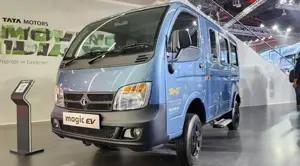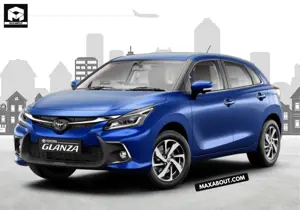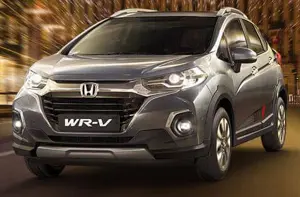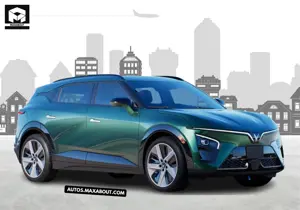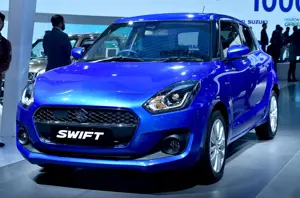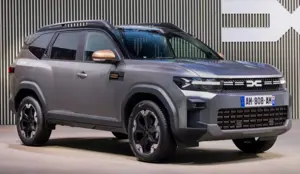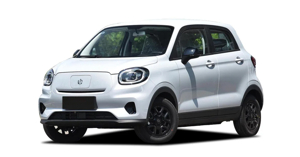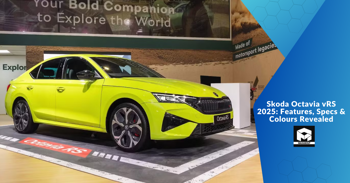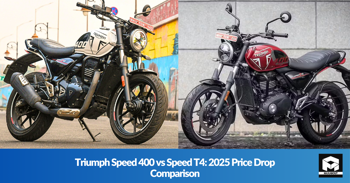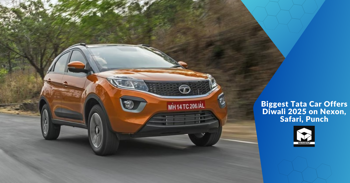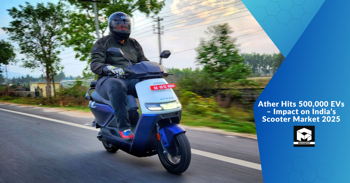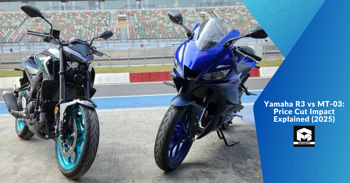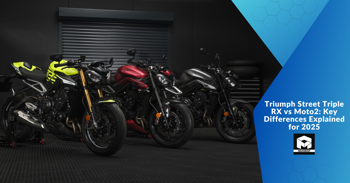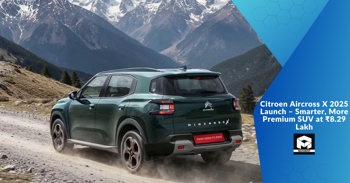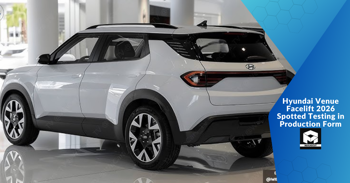Can the Tata Magic IRIS be a practical solution to last mile connectivity in Indian cities?
The Tata Magic IRIS is often perceived to be a bridge between auto-rickshaws and bigger commercial vehicles. It is compact and affordable, and is therefore attractive for urban transportation requirements. However, compared with conventional auto rickshaws or the newer electric alternatives, it has been debated that it is not safe, comfortable for passengers or environment friendly. It's either a perfect fit for India’s congested streets, or an outdated concept that should be phased out in favor of more modern solutions. In the context of the changing landscape of urban mobility in India, the vehicle's design and purpose also question whether solutions like these are needed any more, and if they are, what the future holds for them.
Absolutely! The Magic IRIS is ideal for narrow lanes that bigger vehicles can't travel down. For places with bad public transport, it’s a game changer.
Most Popular Cars
Based on Cars Popular on Maxabout
Tata Magic EV
₹ 5,00,000
4144 Views
Toyota Glanza CNG S
₹ 8,65,000
828 Views
Honda WR-V VX Diesel Exclusive Edition
₹ 11,05,344
914 Views Recently Added Cars
New Cars Added On Maxabout
VinFast VF7 Sky Infinity
₹ 25,49,000
449 Views
VinFast VF7 Sky
₹ 24,99,000
428 Views
VinFast VF7 Wind Infinity
₹ 23,99,000
453 Views Upcoming Cars
Exciting Upcoming Cars
Maruti Swift Hybrid
₹ 10,00,000
1579 Views
Renault Boreal Bigster SUV
₹ 13,00,000
1647 Views
Leapmotor T03
₹ 8,00,000
1160 Views Discussions and Questions Can The Tata Magic Iris Be A Practical Solution To Last Mile Connectivity In Indian Cities
Ask a Question
Latest News
Recently Added News
Triumph Street Triple RX vs Moto2: Key Differences Explained for 2025
Tuesday, 07 October 2025 6:14 AM
Citroen Aircross X 2025 Launch – Smarter, More Premium SUV at ₹8.29 Lakh
Monday, 06 October 2025 23:39 PM
